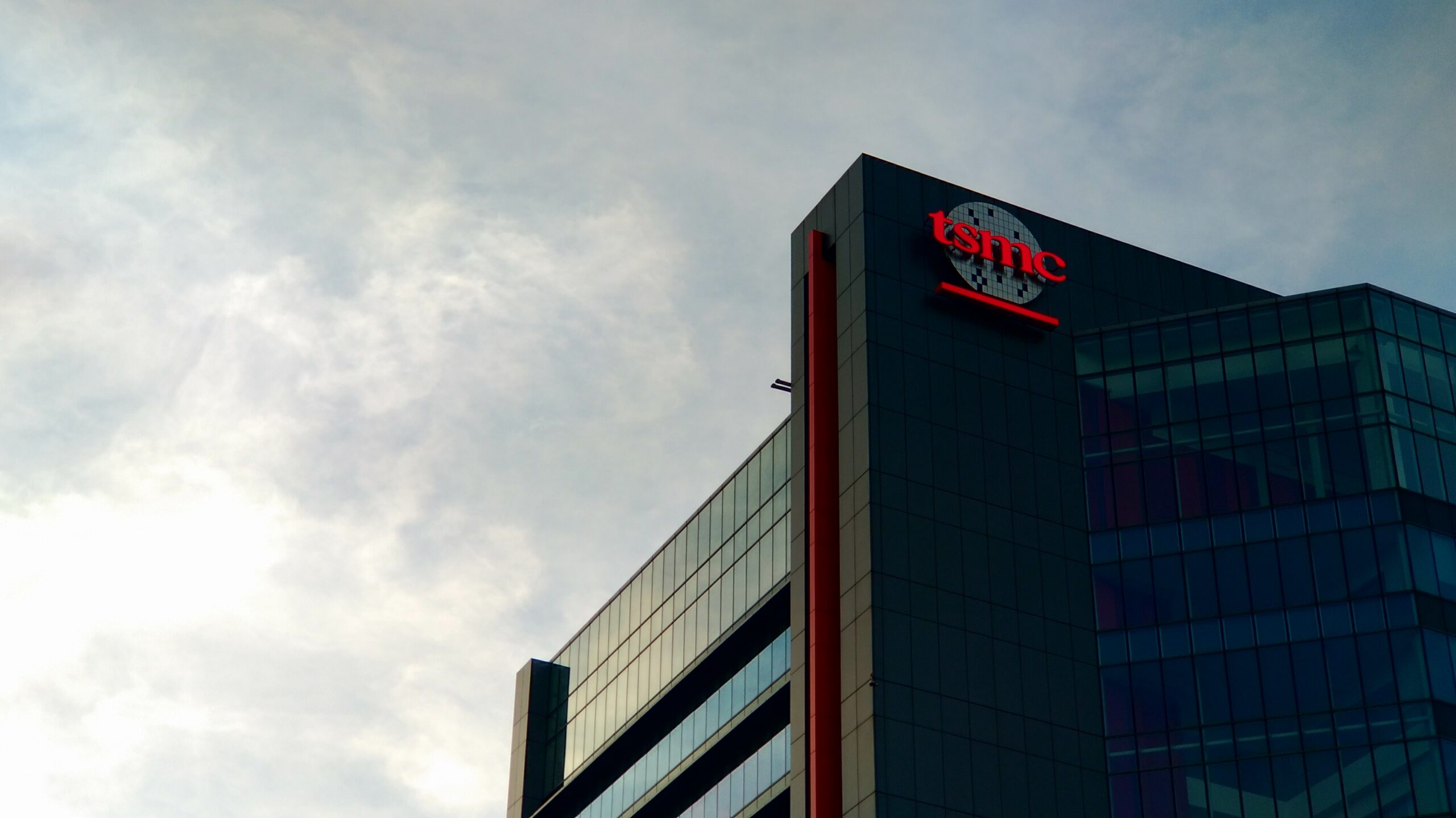
Taiwan will not accept a proposal from Washington to locally manufacture half the chips it currently supplies to the U.S., the island’s top trade negotiator said. Speaking to reporters on Wednesday as she returned from trade talks in the U.S., Vice Premier Cheng Li-chiun said that the proposal for a “50-50” split in semiconductor production was not even discussed. Cheng’s remarks contradict a statement from U.S. Commerce Secretary Howard Lutnick, who said last weekend that Washington had held discussions with Taipei about the proposal. Lutnick’s objective, he said, was to get chip manufacturing “significantly onshored,” as currently 95% of the U.S. demand is met by chips produced in Taiwan.
Cheng said the talks were focused on lowering tariff rates, securing exemptions from “tariff stacking”—additional duties—and reducing levies on Taiwanese exports, which currently face a “reciprocal” tariff rate of 20%.
The Debate Over the ‘Silicon Shield’
Lutnick’s proposal has been condemned by Taiwan’s politicians. Eric Chu, chairman of the island’s principal opposition party, the Kuomintang, called it “an act of exploitation and plunder.” He stressed that “no one can sell out Taiwan or TSMC, and no one can undermine Taiwan’s silicon shield.” The “Silicon Shield” theory suggests that Taiwan’s critical position in global chip production assures the island’s defense against direct military action from China. However, Lutnick downplayed the “Silicon Shield” theory, arguing that a more balanced chip production between Washington and Taipei would make Taiwan safer. Taiwan People’s Party Chairman Huang Kuo-chang also criticized the proposal, calling it an attempt to “hollow out the foundations of Taiwan’s technology sector.”
A New Phase in the US-Taiwan Relationship
The ongoing discussions over tariffs and chip production highlight a new phase in the U.S.-Taiwan relationship, where economic and national security concerns are becoming increasingly intertwined. While Taiwan is a key Washington ally, the Trump administration has taken aim at the island’s dominance in chips, with President Donald Trump accusing it of “stealing” the U.S.’s chip business earlier this year. Taiwan’s critical role in global chip production has also drawn the attention of other major powers, including the European Union, which has been pushing to expand its own national chipmaking capabilities. Taiwan Semiconductor Manufacturing Company (TSMC), the world’s leader in advanced chip manufacturing, has already agreed to invest $165 billion in building plants in the U.S. state of Arizona.
Author’s Opinion
This standoff highlights a fundamental clash between two national interests: the U.S.’s desire for supply chain security and Taiwan’s need to protect its economic foundation. While the “Silicon Shield” theory may be debatable, it is a core part of Taiwan’s strategy for survival, and Lutnick’s public dismissal of it shows a deep misunderstanding of the political realities on the island. The proposal for a “50-50” split, while seemingly fair on the surface, is seen by many in Taiwan as a threat to its most vital industry. The ultimate outcome of these negotiations will not only shape the future of the global semiconductor supply chain but will also test the strength of the U.S.-Taiwan relationship in an era of renewed great power competition.
Featured image credit: Wikimedia Commons
For more stories like it, click the +Follow button at the top of this page to follow us.
